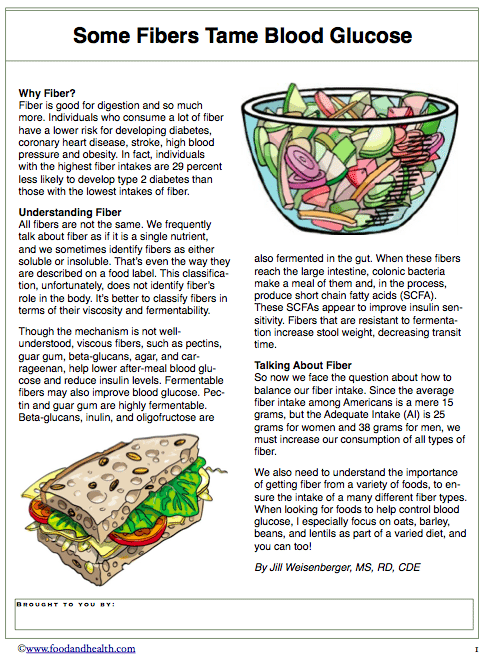The term “healthy eating” often conjures up visions of fatty fast food, doughnuts, and ice cream. While these food groups are certainly not without their problems, the vast majority of healthy eating includes many regional and cultural foods that we rarely think about. These foodstuffs offer significant nutritional value and can be a source of pleasure and fun for people of all ages.

For instance, most Americans are surprised to learn that the Japanese have long used dried plums, dates, and persimmons as food to feed thousands of members of their extended families during family celebrations such as Onigiri (pronounced “noon sa”) and family gatherings. These delicious treats are eaten during many religious ceremonies, too. Onigiri is typically served with maple or blackjack and egg white. While this may seem like an unlikely foodstuff for a nation that has become accustomed to processed and commercialized foods, it contains significant nutrients and is filling. Such foods may play an important role in maintaining familial connections and traditions, too.
Many of us have fond memories of festive family gatherings in which friends gather around a crackling fire and prepare food according to a complicated and intricate recipe. While crackers, sauce, and bread are the traditional fare at these gatherings, healthy eating includes cultural foods that play a part in the traditions and customs of some countries. Chinese and Japanese families often prepare different dishes using ginger, wasabi, sesame, and other spices. These spices are used to add subtle and delicious flavors to their favorite foods. In this way, healthy eating includes cultural foods that go beyond the traditional American fast food bucket of fries and shakes.
During holidays like Thanksgiving, some families may even welcome the opportunity to get away from it all and indulge in regional specialties that are unique to their area. Some people may even follow a particular religious celebration around the world. For example, during the Christmas season, some families gather for a holiday feast that includes such delicacies as pumpkin pie, cookies, and other goodies that come from some of the greatest natural food resources on Earth. Healthy eating includes cultural foods that can enhance the flavors of family meals, whether they involve turkey or pumpkin pies.
The foods that people eat around the world have varied origins and represent people with different ethnic backgrounds. For example, Chinese and Indian cuisines reflect their regional differences while American food traditions are rooted in European immigrants. Some European dishes, including many classic dishes like potato soup and bakers’ cakes, were introduced to North America by settlers. Today, a one-pot meal – a dish containing one ingredient – can be cooked in a variety of ways so that the individual ingredients can vary. This can be a great way to bring authentic foods from around the world to your table. Some chefs even specialize in creating one-pot meals, often using ingredients from all over the world.
The types of meals you eat also affect your body’s response to them. Fast food, for example, contains lots of fat and sodium that increases your blood pressure and increases your risk for obesity. The American Heart Association recommends that you stay away from this type of food in favor of healthier alternatives. If you want to live a healthy lifestyle, you need to include a variety of fruits, vegetables, whole grains, nuts, seeds, and low-fat dairy products in your diet. A well-balanced nutrition plan includes foods from each food group, which leads to overall nutrition and a healthy diet.
You can use cultural foods to your advantage in a healthy eating program. Some experts suggest that culturally appropriate advertising can help consumers make the right choices about what to buy. Some institutions have developed policies regarding the use of cultural competence in their marketing campaigns. Even if you are not affiliated with any institution, such as a school, you can incorporate cultural foods into your everyday diet. If you have a Wal-Mart discount card or an American Dietary Association card, you can take advantage of the discounts offered on many health products and services.
Cultural competence has some positive effects on our health. However, it can cause certain problems if it is not integrated into your lifestyle. Healthy eating plans should include a variety of cultural foods. Healthy eating is not just a matter of calories and nutrition. It is also about the kinds of messages that you are giving to children and adults about good nutrition and self-esteem.



